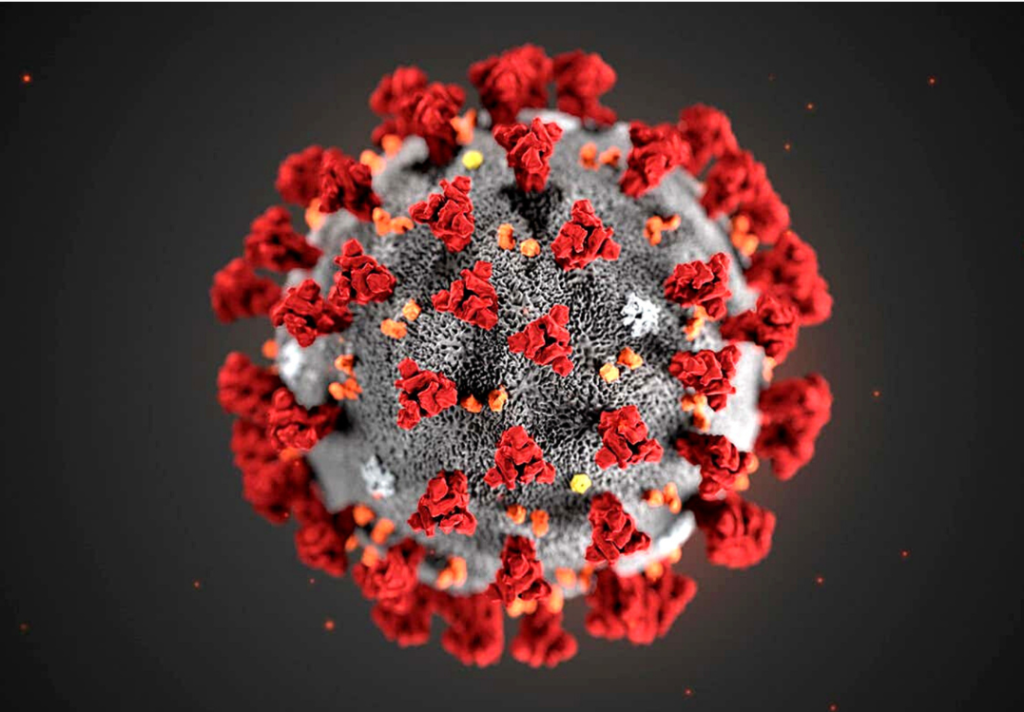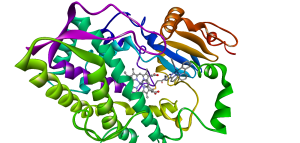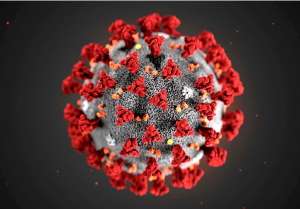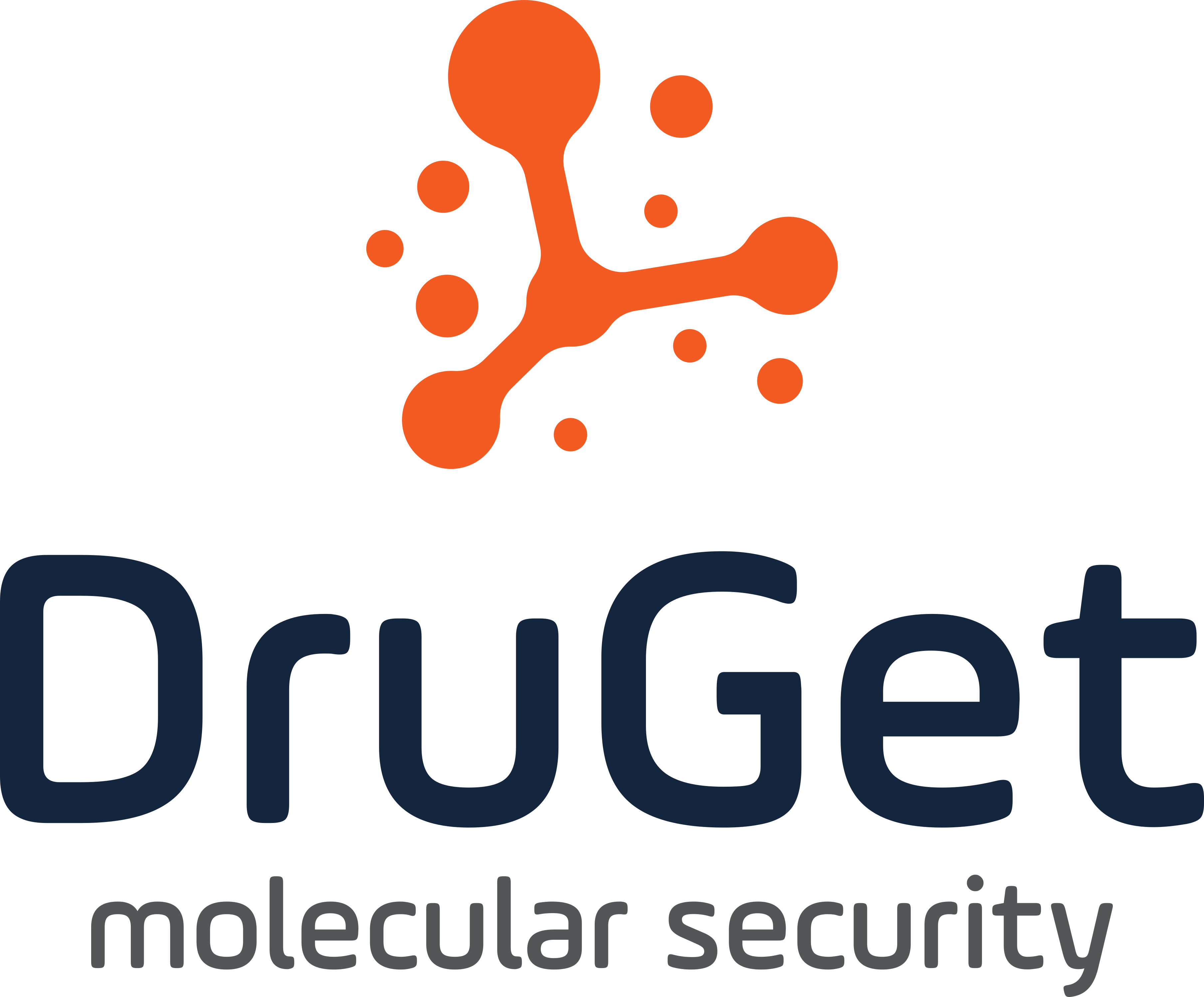The COVID-19 pandemic, caused by the SARS-CoV-2 virus, prompted researchers from government agencies and the private sector to look for potential medicines to reduce or eliminate the symptoms of the disease. To accelerate the discovery of an effective drug, both the drug repurposing strategy and the identification of new SARS-CoV-2 proteins were widely used.
Computational Molecular Modeling in Drug Discovery
Firstly, computer-aided drug discovery, or computational molecular modeling, has become an indispensable tool. Additionally, through in silico methods, it was possible to better understand the mechanisms of action of potential molecules for the treatment of COVID-19. Furthermore, identifying promising biological targets, such as the spike protein, and exploring large data libraries full of information about promising molecules have been essential practices in this context.
Virtual Screening and Repurposing of Medicines
The virtual screening strategy makes it possible to search within these libraries of molecular data for promising chemical structures to treat specific diseases, such as COVID-19. Moreover, through virtual screening, it was possible to explore FDA (US Health Surveillance Agency) databases and initiate drug repurposing studies.
For example, analogous to a notable study carried out by DruGet members and collaborators, published in 2020 in the journal Life Science, exemplifies the use of these methods. Specifically, the research aimed to find molecules in databases capable of inhibiting a protein essential for the life cycle of SARS-CoV-2. By using pharmacological filters, it was concluded that two molecules—a new chemical entity and an already established antithrombotic—showed promise for viral inhibition. Consequently, this preliminary study was crucial for selecting molecules with potential for future studies in animals and humans.
Drug Repurposing: A Promising Strategy
In summary, drug repurposing is a strategy in pharmacology and medicine that consists of using an existing drug for a specific medical condition and applying it to a different disease, thus requiring pre-clinical and clinical studies for validation.
For more details, check out the article mentioned:






